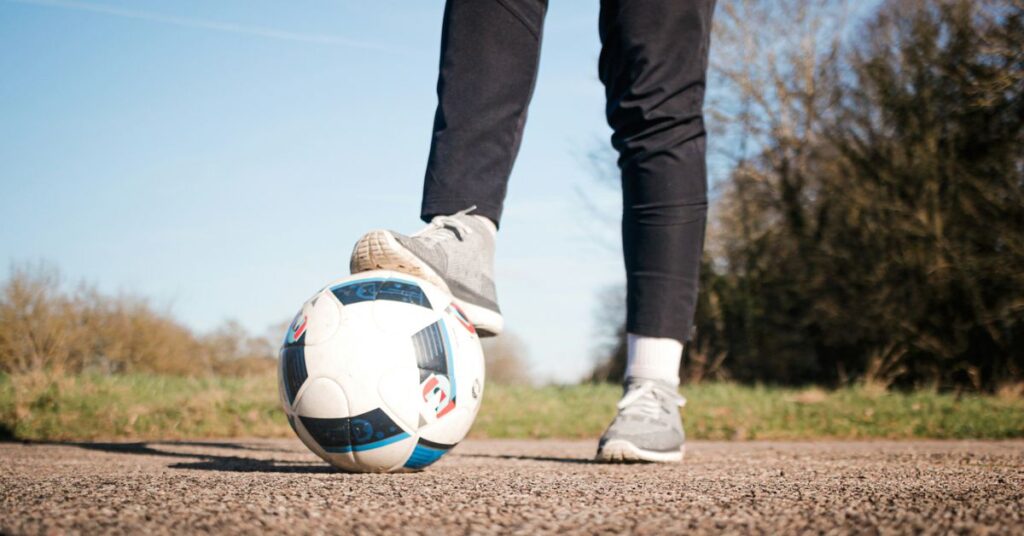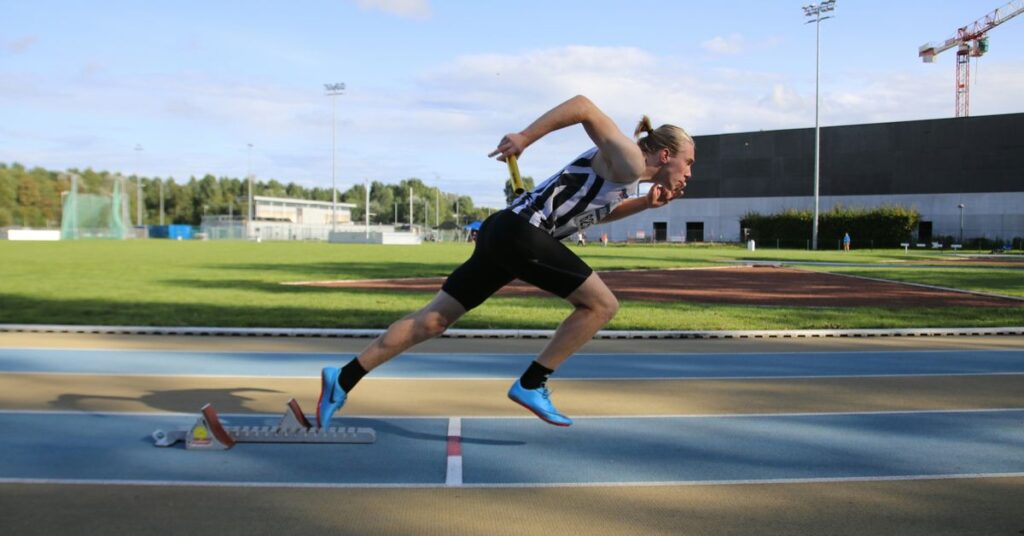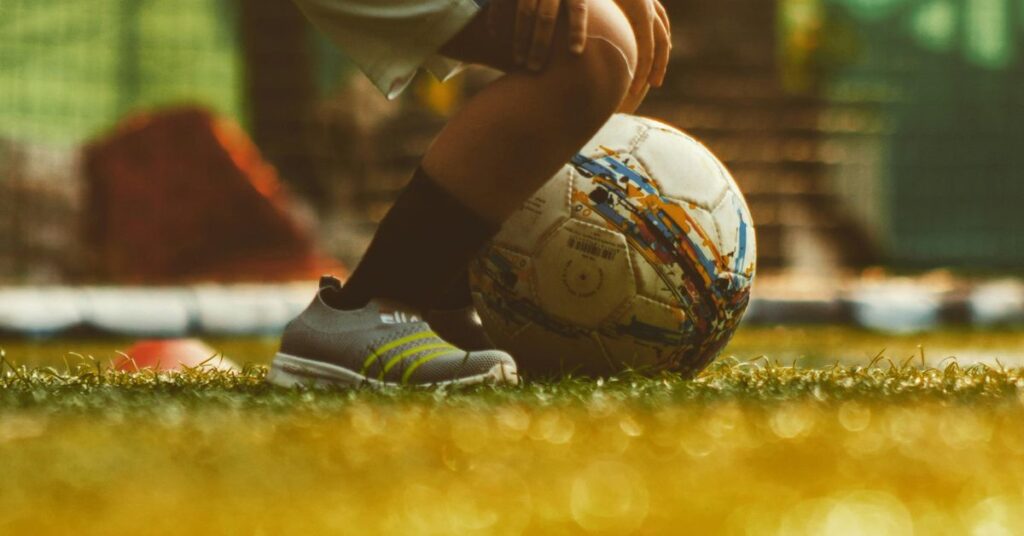**Technological Advancements in Injury Recovery**
In recent years, advancements in technology have revolutionized the field of injury recovery, offering innovative solutions that enhance rehabilitation processes, improve outcomes, and accelerate recovery times. From wearable devices to robotic exoskeletons, these technologies are reshaping how injuries are treated and managed, providing new hope and opportunities for patients and healthcare providers alike.
**Wearable Technology**
Wearable technology has emerged as a cornerstone in injury recovery, providing real-time monitoring and feedback to both patients and healthcare professionals. Devices such as smart watches, biosensors, and activity trackers enable continuous tracking of vital signs, movement patterns, and rehabilitation progress. This data is invaluable for adjusting treatment plans, ensuring adherence to therapy protocols, and preventing setbacks.
*Example:*
– **Smart Rehabilitation Gloves:** These gloves incorporate sensors that measure hand movements during therapy sessions for stroke patients. They provide instant feedback to both patients and therapists, ensuring exercises are performed correctly and effectively.
**Virtual Reality (VR) and Augmented Reality (AR)**
VR and AR technologies are transforming rehabilitation by creating immersive environments that aid in motor and cognitive recovery. Patients can engage in simulated activities that mimic real-life scenarios, such as walking through virtual landscapes or performing tasks requiring fine motor skills. This not only motivates patients but also stimulates neural pathways crucial for recovery.
*Example:*
– **Virtual Reality for Phantom Limb Pain:** Patients experiencing phantom limb pain after amputation can undergo VR therapy that immerses them in virtual environments where they can visualize and interact with their missing limb, potentially reducing pain sensations through neuroplasticity.
**Robotics and Exoskeletons**
Advancements in robotics have led to the development of robotic exoskeletons that assist with movement and rehabilitation. These wearable devices support patients during physical therapy sessions, providing mechanical assistance to weakened or paralyzed limbs. They enable patients to practice movements they might not otherwise be able to perform independently, promoting muscle strength and motor control.
*Example:*
– **ReWalk Exoskeleton:** Used primarily for individuals with spinal cord injuries, the ReWalk exoskeleton allows users to stand, walk, and even climb stairs with motorized assistance. It promotes bone density, cardiovascular health, and psychological well-being by restoring mobility and independence.
**Telemedicine and Remote Monitoring**
Telemedicine platforms have expanded access to rehabilitation services, allowing patients to connect with healthcare providers remotely. Through video consultations and digital health platforms, therapists can monitor progress, adjust treatment plans in real-time, and provide ongoing support to patients recovering from injuries. Remote monitoring technologies also enable early detection of complications, ensuring timely intervention and reducing the need for frequent in-person visits.
*Example:*
– **Tele-Rehabilitation for Stroke Recovery:** Stroke survivors can participate in virtual rehabilitation sessions from home, guided by therapists who monitor their progress via video conferencing and wearable devices. This approach improves convenience, reduces travel burdens, and facilitates long-term adherence to rehabilitation programs.
**Biomechanics and 3D Printing**
Advancements in biomechanics and 3D printing have revolutionized the development of personalized orthotics, prosthetics, and assistive devices. Through detailed biomechanical assessments and computer-aided design (CAD), clinicians can create custom-fit solutions that optimize comfort, functionality, and mobility for patients recovering from injuries.
*Example:*
– **Custom 3D-Printed Splints:** Patients with hand injuries can benefit from 3D-printed splints that are tailored to their specific anatomy and rehabilitation needs. These lightweight and breathable splints offer superior comfort and support during recovery, promoting optimal healing and range of motion.
**Conclusion**
The landscape of injury recovery is continuously evolving with the integration of cutting-edge technologies. From wearable devices that monitor vital signs to robotic exoskeletons that restore mobility, these advancements are not only improving rehabilitation outcomes but also empowering patients to regain independence and quality of life. As research and development in this field continue to progress, the future holds promise for even more innovative solutions that will redefine the standard of care in injury recovery.




